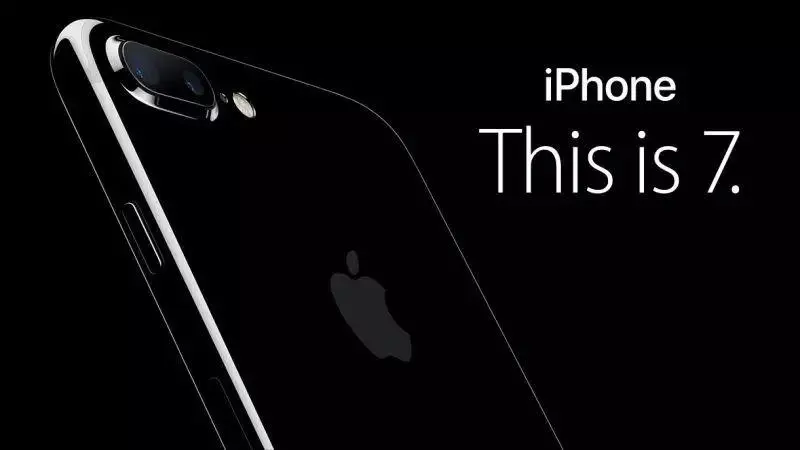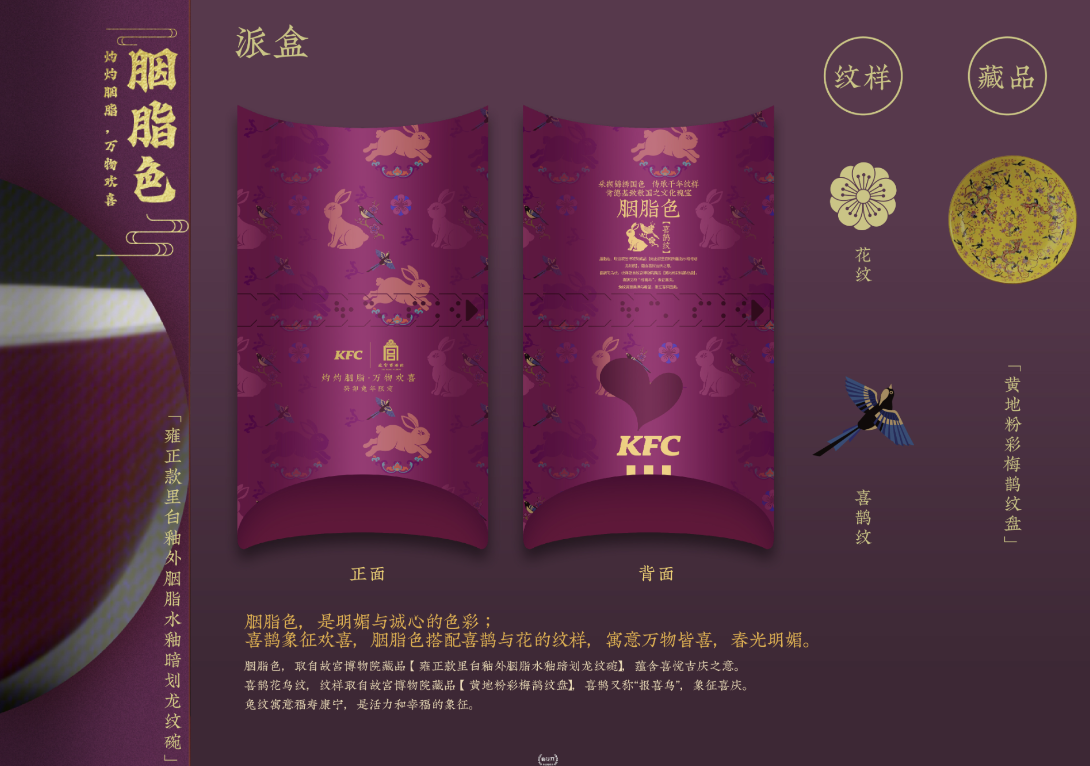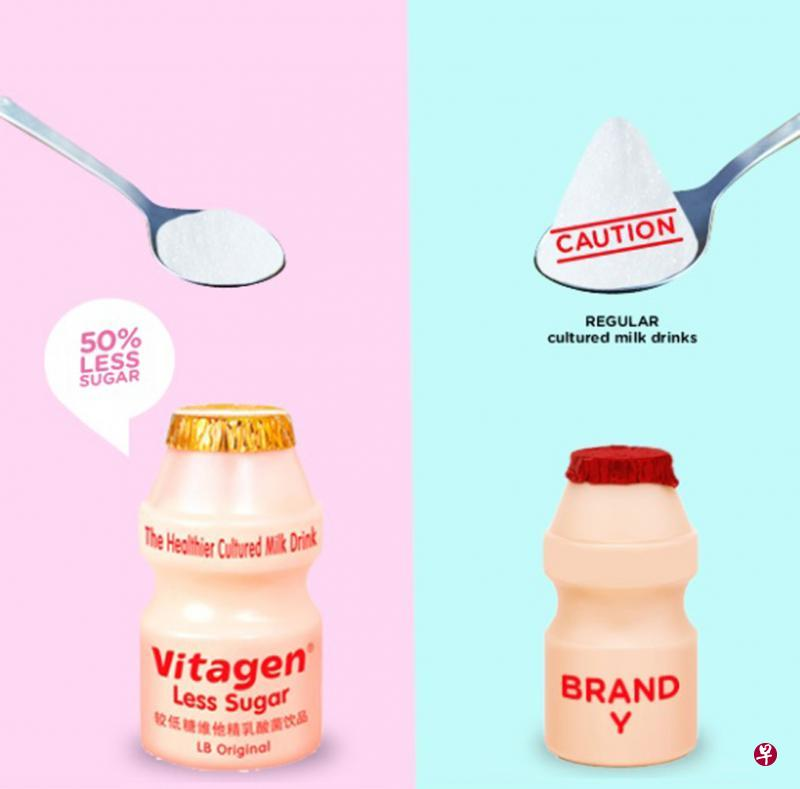
When writing creative ad copy for the Chinese market, we need to closely consider the audiences, the culture differences, the brand proposition, the product features, creatives and the user journeys. Different products and user journeys caused different ad creatives.
Chinese ad creative writing skills
Pyramid principle: Result -> Problem -> The Solution
Notification style:

Description style:
This type delves into details about a product or service, providing a more refined message.
Case Study: Dove's Real Beauty campaign, which focused on the real attributes of women, provided detailed descriptions of products and how they cater to every woman.

Scarcity type:
These ads create a sense of urgency by indicating that there's limited stock or limited time to act.
Case Study: Black Friday sales utilize this method, emphasizing the limited-time deals and the risk of products running out quickly.

Question type:
Posing a question makes the audience ponder their own situation and consider the proposed solution.
Case Study: Nike's "Just Do It" campaign sometimes posed questions like, "What's your excuse?" to push their audience into action.

Secret style:
This messaging hints at behind-the-scenes information or exposes something that's not widely known.
Case Study: Behind-the-scenes documentaries about movie making or artists' lives use this technique to attract audiences who are curious about industry secrets.

Comparison style:
By comparing a product's effectiveness to others, or showing before-and-after results, these ads provide a compelling visual argument.
Case Study: advertisements show before-and-after photos of users to demonstrate the product's effectiveness.

Showcasing a drastic change from using the product or service.
Case Study: workout brand focused on the transformation of its users over a 90-day period, showcasing their journey and results.

Use Numbers:



